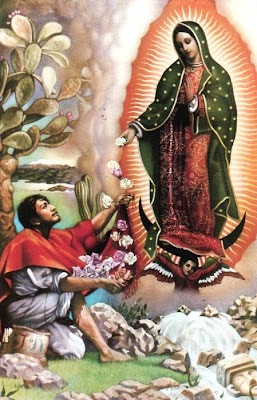
Postcard from Maria Schutz, Austria
The pilgrimage to Maria Schutz thanks its existence to a small well. In 1679 many people suffering from the plague found healing at the well, next to which stood a small shrine for Mary.
In 1722 a chapel was built at the site. In the same year, Mary appeared to a sick girl and told her she would be healed. In return Mary asked her to “buy two candles and offer them at Maria Schutz”. However, at the time the site was not yet known under that name. The priest in charge of the shrine came up with the name after he woke up from a dream.
Two further apparitions in the area confirmed that the name Maria Schutz was chosen by Mary herself. In English it means ‘Maria Protection’, which is very appropriate for a place where people come to ask Mary for help and protection.
Maria Schutz soon become one of Austria’s pilgrimage sites. Between 1728 and 1739 the a large pilgrimage church was built. Though the church suffered greatly in the 19th and 20th century, respectively from a fire and WWII damage, it was always restored to its former glory. It is still a popular place of pilgrimage.
The bells of Maria Schutz








































